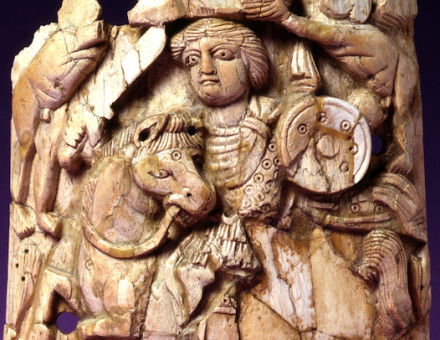The Shrine of Islam’s Tragic Divisions
Corinne Atkins examines the events in Iraq in the 7th century AD, which precipitated the first and only great division of Islam, the ramifications of which are seen today in Iraq and more widely.
On August 29th, 2003, a huge car bomb went off in the central Iraqi town of Najav, killing more than 100 people, including the Shi’ite cleric Ayatollah Mohammed Baqr al-Hakim. Coming hard on the heels of an equally devastating explosion at the UN headquarters in Baghdad, it emphasised the dangers inherent in the reconstruction of Iraq, and the tensions within the country, many of them derived from the country’s political and religious past.
It was in this region, then known as Mesopotamia, that some of the most significant and tragic events of early Islam occurred. The three towns of Kufa, Najav and Kerbala, which all lay relatively close to each other, south of Baghdad, became pivotal to what is now known as the Shia branch of Islam.
The Sunni-Shia schism in Islam can be traced back to the issues that arose over the leadership of the Muslim community shortly after the death of the Prophet Mohammed in AD 632.





